Paracel Islands
In Hoang Sa, since 2005, Beijing has illegally built sovereignty markers at several locations and in 2007, the Chinese State Council brazenly approved the establishment of the so-called Sansha City under Hainan Province to unilaterally impose management of Vietnam's Hoang Sa and Truong Sa archipelagos. Since late May 2010, China has sent the survey ship M/V Western Spirit and many guard ships to conduct seismic surveys in the Tri Ton island area before proceeding to level and expand the island to build illegal structures.
During this time, China hastily carried out illegal construction in Hoang Sa, including lighthouses on Da Bac Island, Da Hai Sam Island, Con Cat Nam Island, Duy Mong Island and Hon Thap Island. By October, the 2 km long military runway on Phu Lam Island was completed. The runway and infrastructure continued to be renovated and by February 2016, satellite images from the ImageSat Center (ISI) showed that China had illegally deployed 2 surface-to-air missile systems with 8 launchers and a radar on Phu Lam Island. Fox News quoted a US official as saying that this was the HQ-9 air defense missile system with a range of up to 201 km, which could pose a threat to any military or civilian aircraft flying nearby. In addition, Beijing also deployed nearly 10 fighter jets, including J-11 fighters and JH-7 fighter bombers, along with Harbin BZK-005 long-range reconnaissance drones to the island.
According to the Center for Strategic and International Studies (CSIS, USA), by 2017, China had upgraded a series of illegal military facilities on 8 islands in the Paracels, including Cay, Phu Lam, Lin Con, Tri Ton, Quang Anh, Quang Hoa, Hoang Sa and Duy Mong. In 2018, China continued to conduct many military exercises in the Paracels, including H-6K bomber exercises and live-fire exercises in May.
Truong Sa
Recently, CNN quoted US Department of Defense spokesman Dave Eastburn confirming that China test-fired missiles from an artificial entity in the East Sea, after the country conducted military exercises in international waters north of Truong Sa from June 29 to July 3. Some US officials confirmed that China launched many anti-ship missiles, while observers said that it could be the DF-21D ballistic missile, dubbed the "aircraft carrier killer" with an estimated range of 1,500 km, according to NHK.
Regional expansion
Further south in the South China Sea, on March 26, 2013, the Chinese navy dispatched four warships, led by the Jinggangshan landing ship, to James Reef, about 80 km off the coast of Malaysia’s Sarawak state. This location is the southernmost point of the absurd “nine-dash line” map, less than 200 km from the coast of Brunei, while it is 1,800 km from the southern coast of China. With the support of four helicopters and one landing ship, the fleet left Hainan Island to come here to conduct the so-called “exercise and patrol”. At James Reef, according to Xinhua, the sailors took an oath to “fight bravely to protect sovereignty and realize the Chinese dream”.
Malaysia has always been cautious in the South China Sea dispute, but after the incident, this attitude has changed, according to Reuters. Malaysian Armed Forces Chief General Zulkefli Mohd Zin later criticized China's illegal construction of artificial islands in the Spratly Islands as "unacceptable acts of aggression".
US condemns China's actions The US State Department yesterday expressed concern over reports of China’s ongoing actions in the East Sea, which threaten regional peace and security. Washington also criticized Beijing for interfering with oil and gas exploration and production that countries have long conducted, specifically Vietnam. “Secretary of State Mike Pompeo earlier this year highlighted China’s coercive actions to prevent ASEAN member states from accessing more than $2.5 trillion in recoverable energy reserves,” AFP quoted US State Department spokeswoman Morgan Ortagus as saying. “China has also taken other actions to assert its unlawful claims in the South China Sea, including the use of maritime militia to intimidate, coerce, and threaten other nations, threatening the peace and security of the region. The United States strongly opposes intimidation and coercion to assert its claims. China must end its bullying, provocative, and destabilizing behavior,” Ortagus said. Phuc Duy |
China's Aggression
In the context of the US-China conflict, these actions by Beijing may also be aimed at attracting Washington’s attention. Given what is happening, in response to China’s aggression, surrounding countries and the international community need to increase coordination to ensure stability in the region. Dr. Satoru Nagao
China’s actions against Vietnam in the East Sea clearly demonstrate its core strategy of using “militia” ships and so-called civilian forces to threaten neighboring countries. However, the parties involved have also clearly demonstrated their determination and will not back down in the face of pressure from China. Such determination is necessary to create trust in efforts to assert sovereignty with international partners, ensuring the continuous maintenance of development activities in this sea area. However, with China’s current actions as well as actual developments, there may still be unpredictable risks. Mr. Gregory B. Poling Ngo Minh Tri |
Source: https://thanhnien.vn/chieu-tro-nuot-tron-bien-dong-cua-trung-quoc-185868777.htm





![[Photo] Binh Thuan organizes many special festivals on the occasion of April 30 and May 1](https://vstatic.vietnam.vn/vietnam/resource/IMAGE/2025/5/1/5180af1d979642468ef6a3a9755d8d51)
![[Photo] "Lovely" moments on the 30/4 holiday](https://vstatic.vietnam.vn/vietnam/resource/IMAGE/2025/5/1/26d5d698f36b498287397db9e2f9d16c)
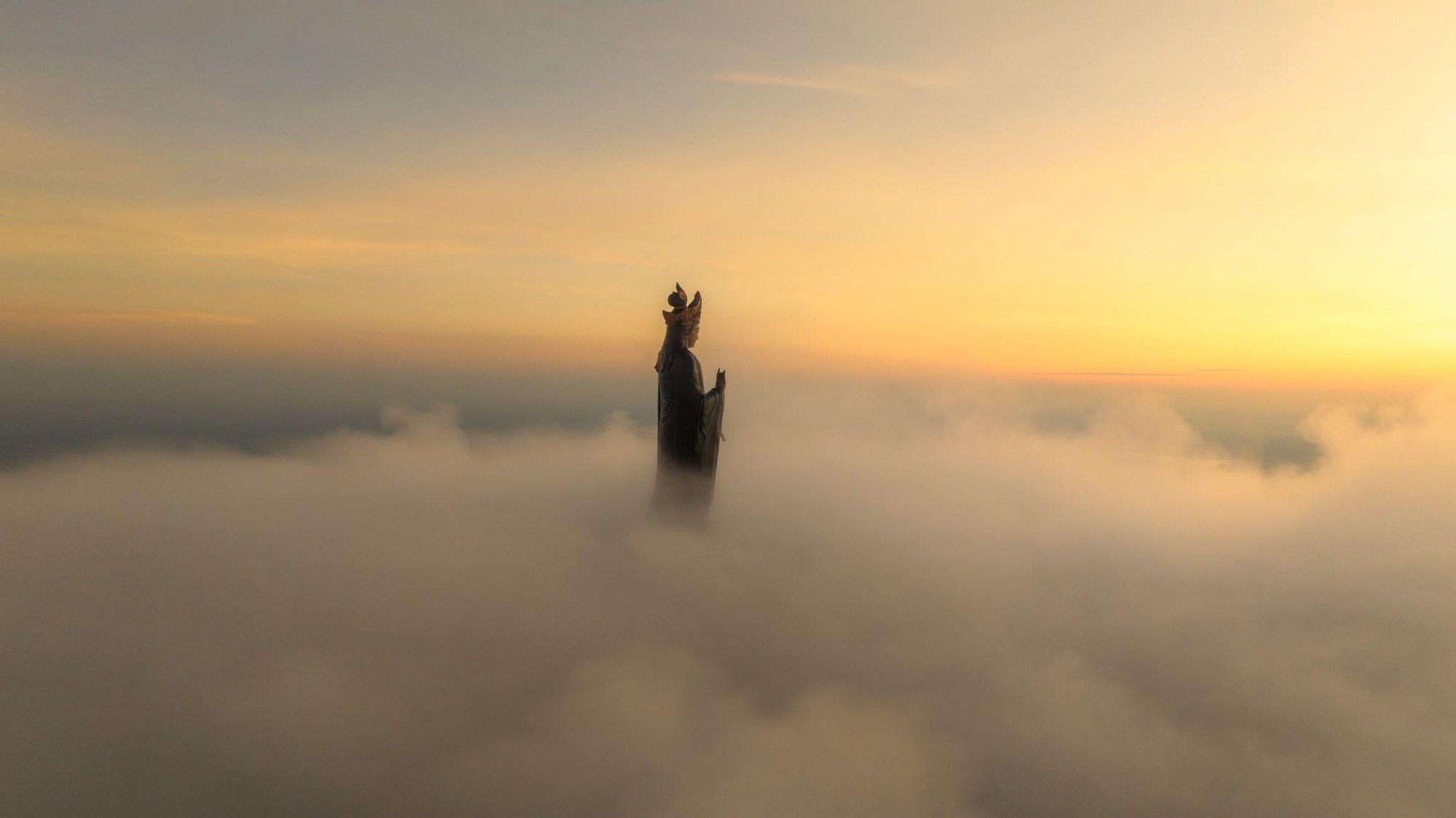
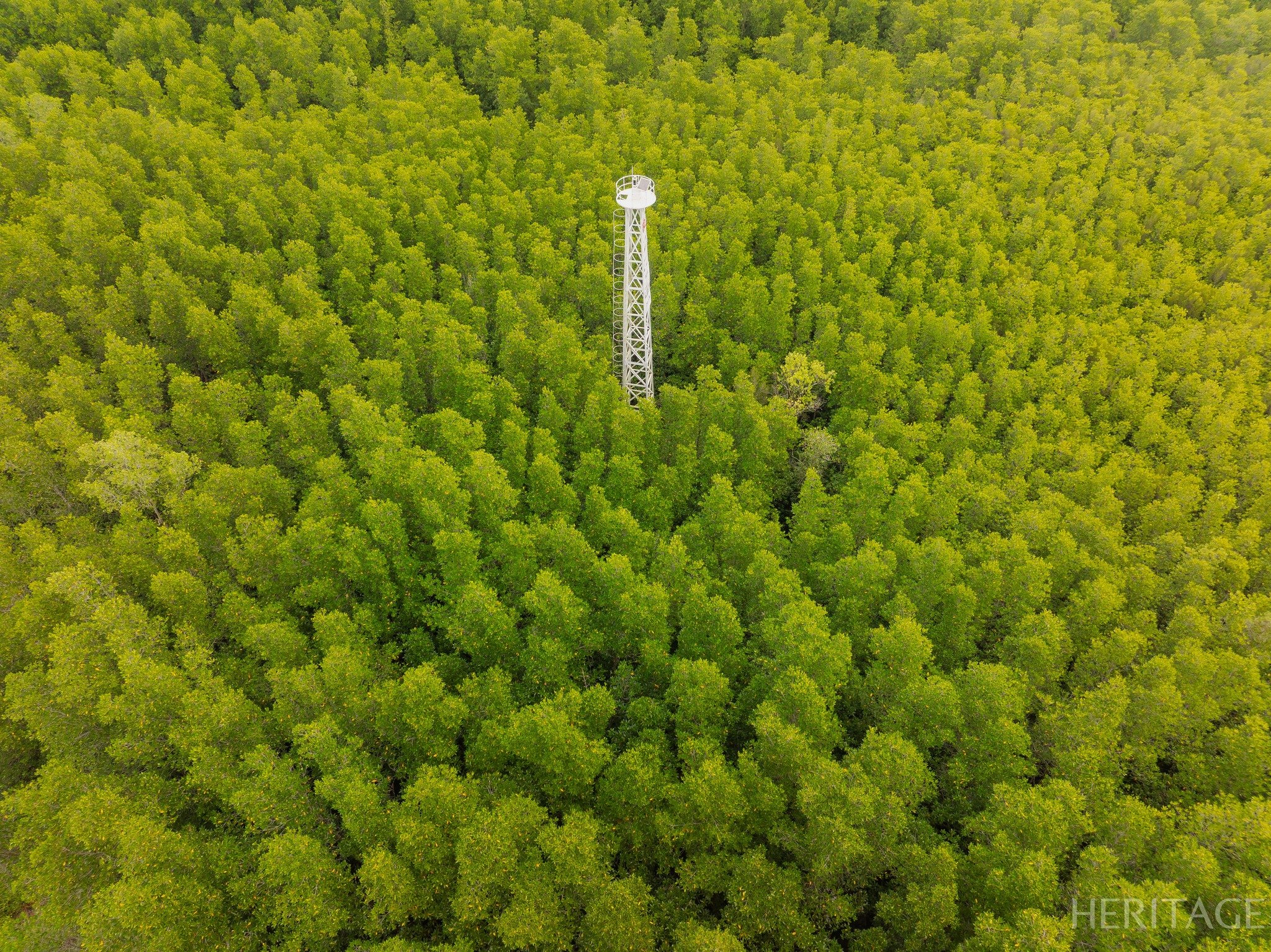







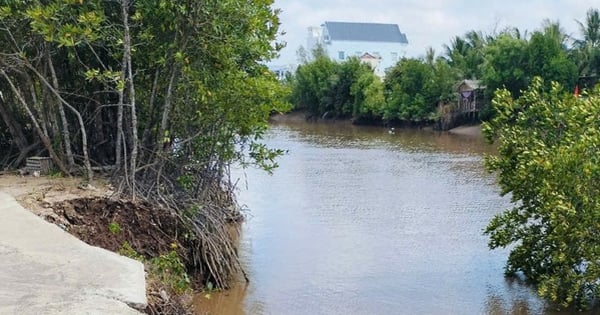


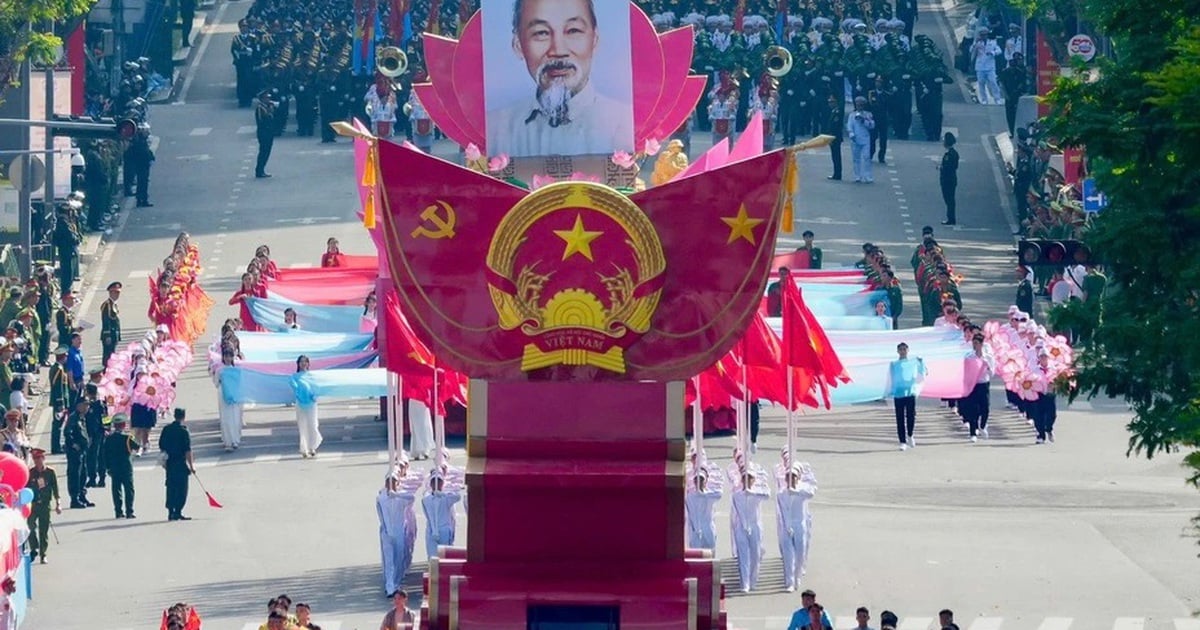
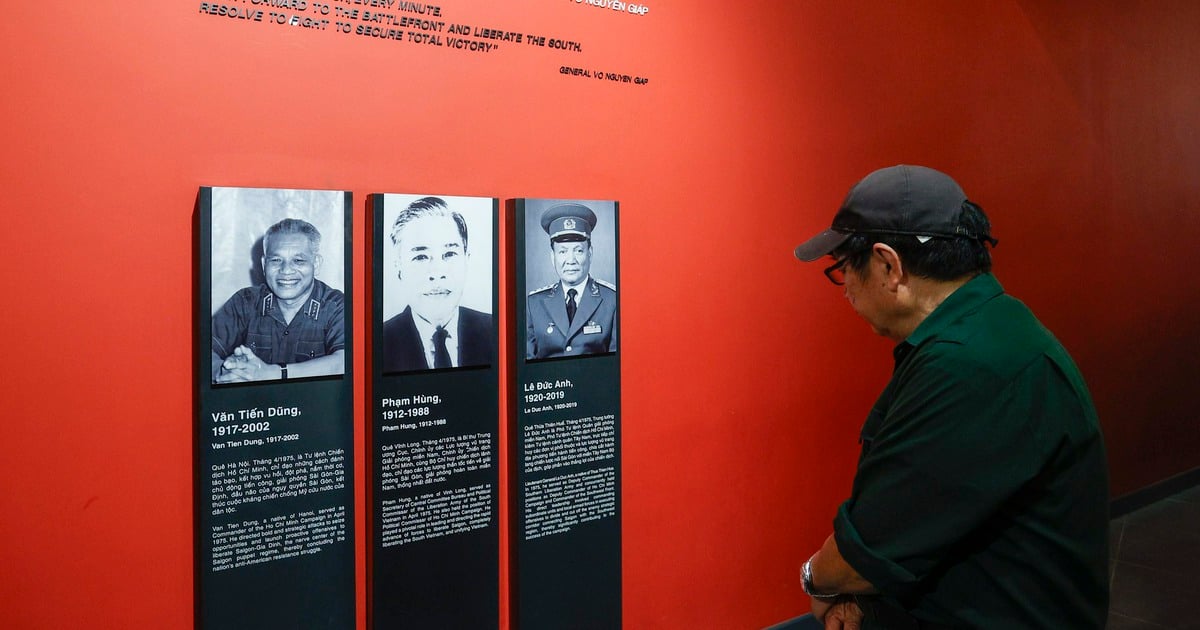
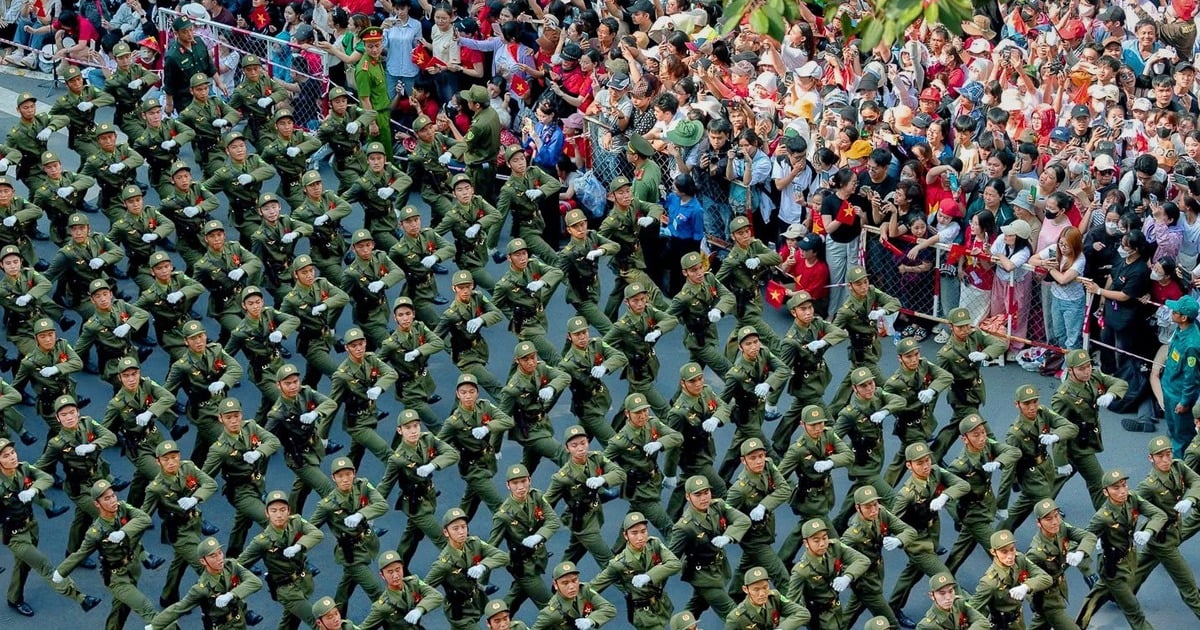
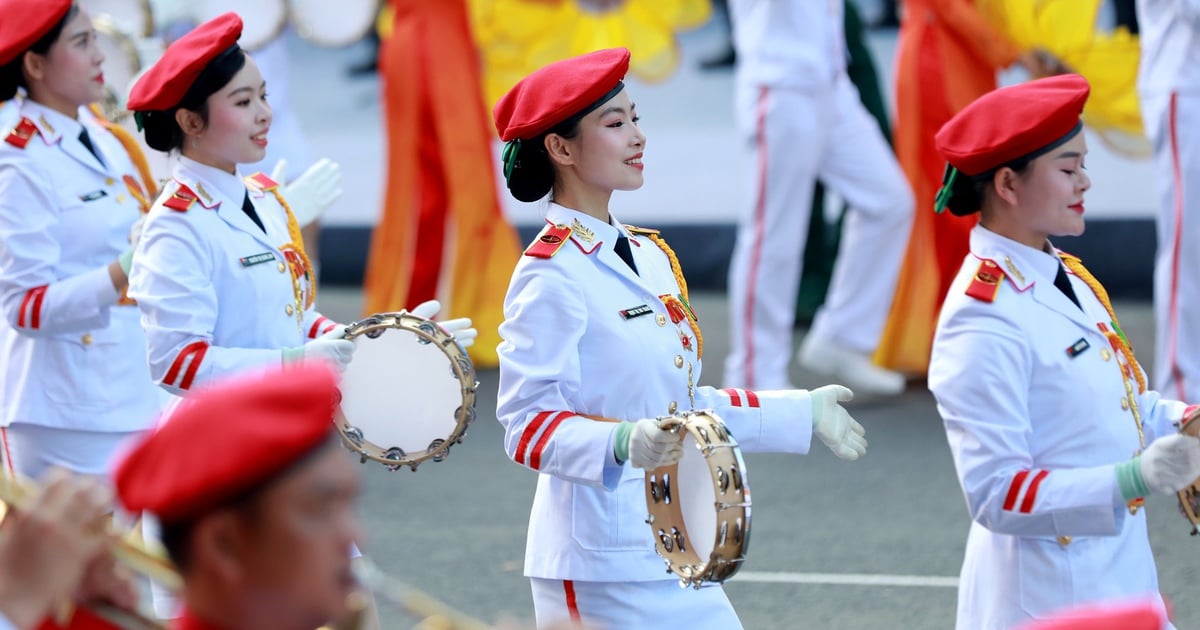
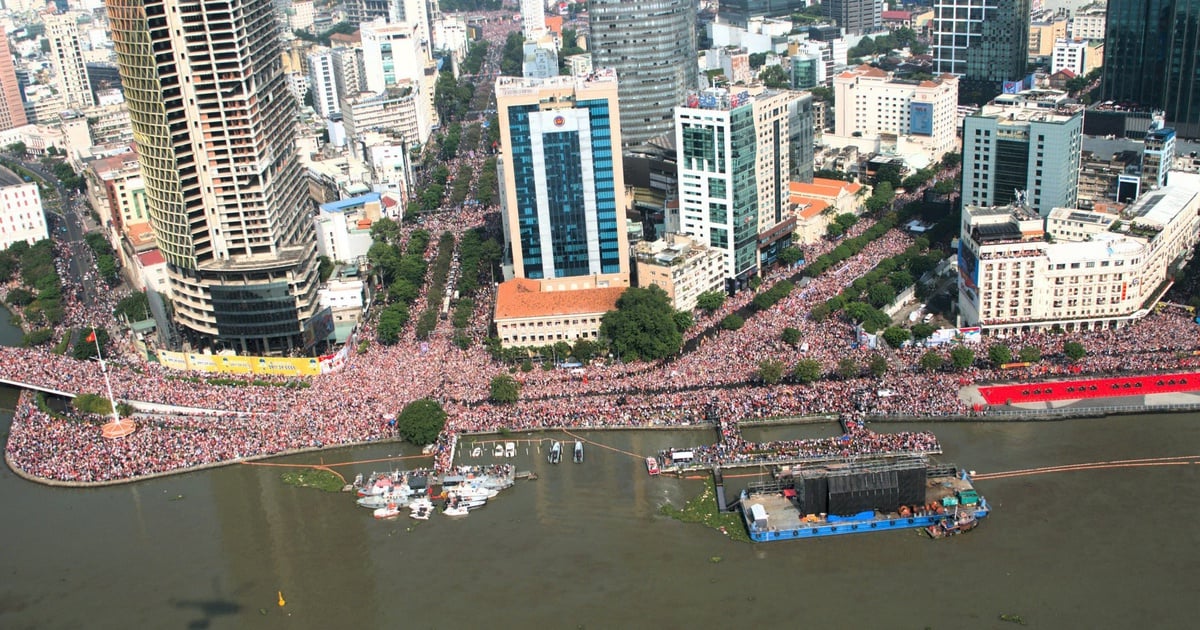
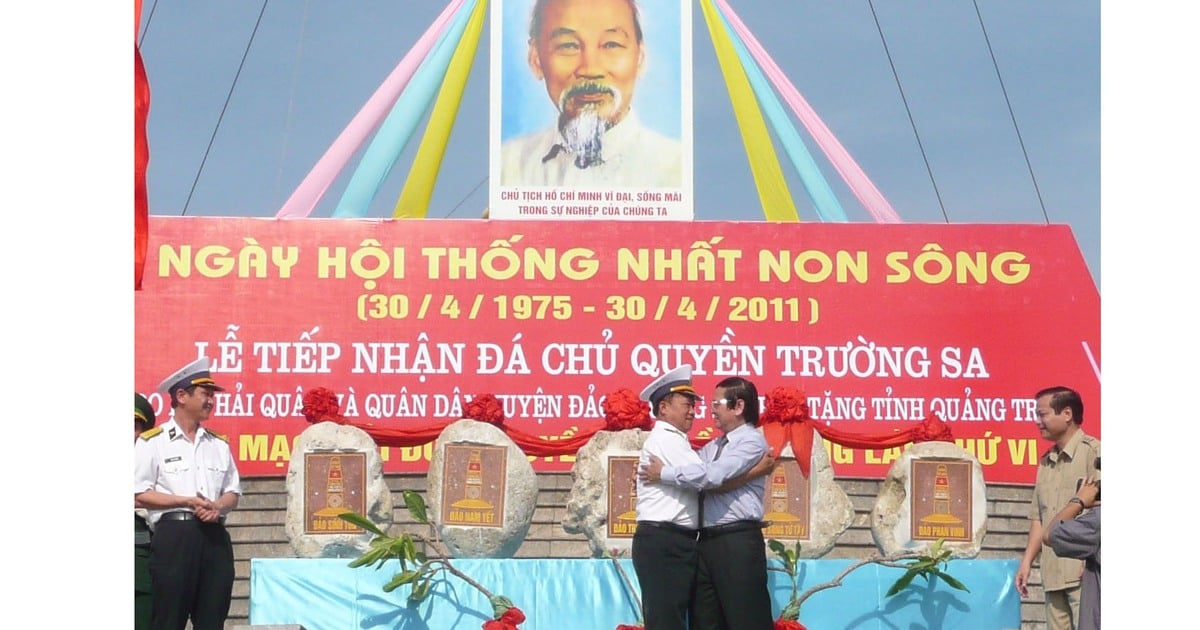


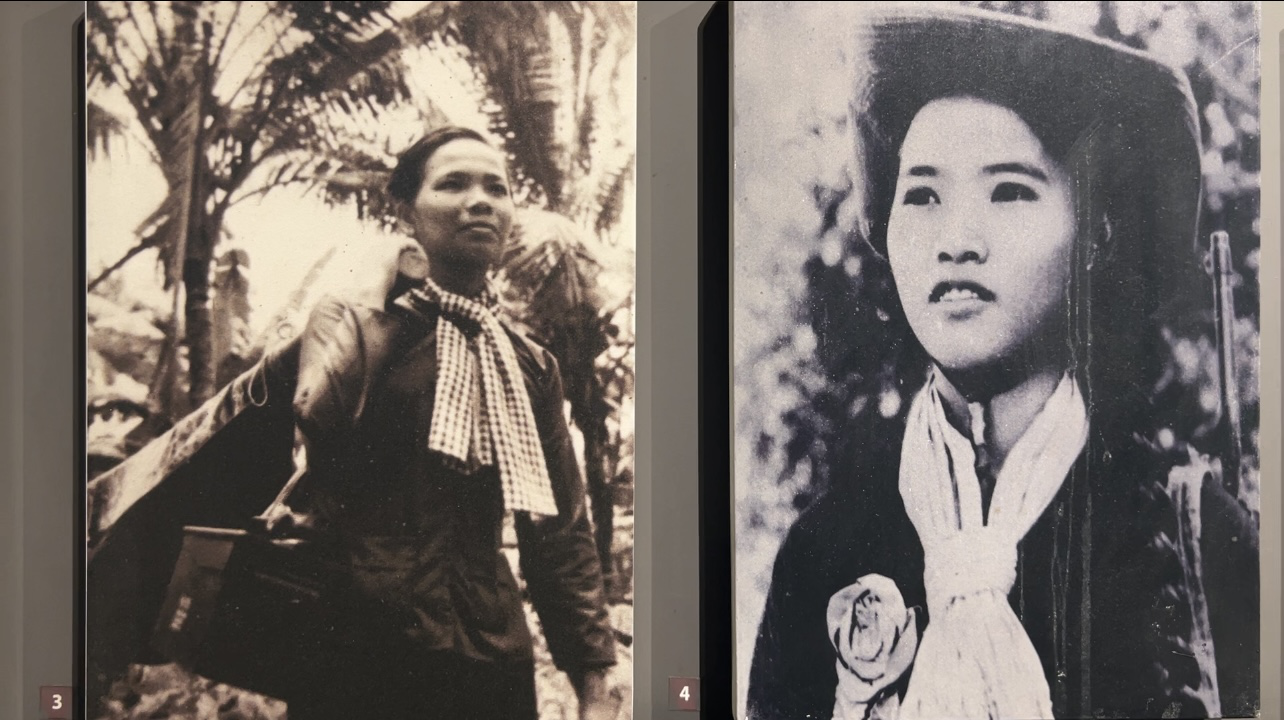

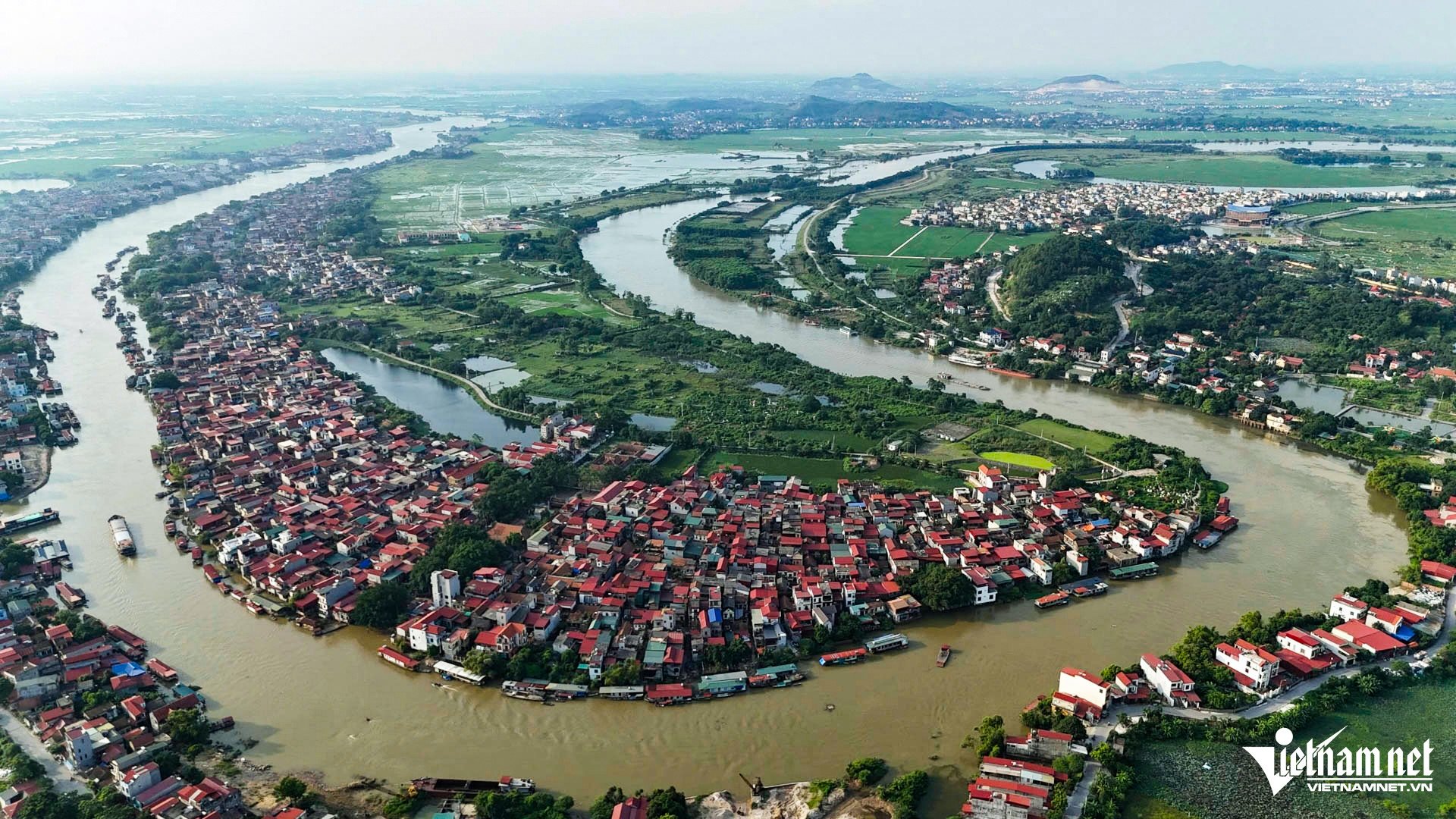




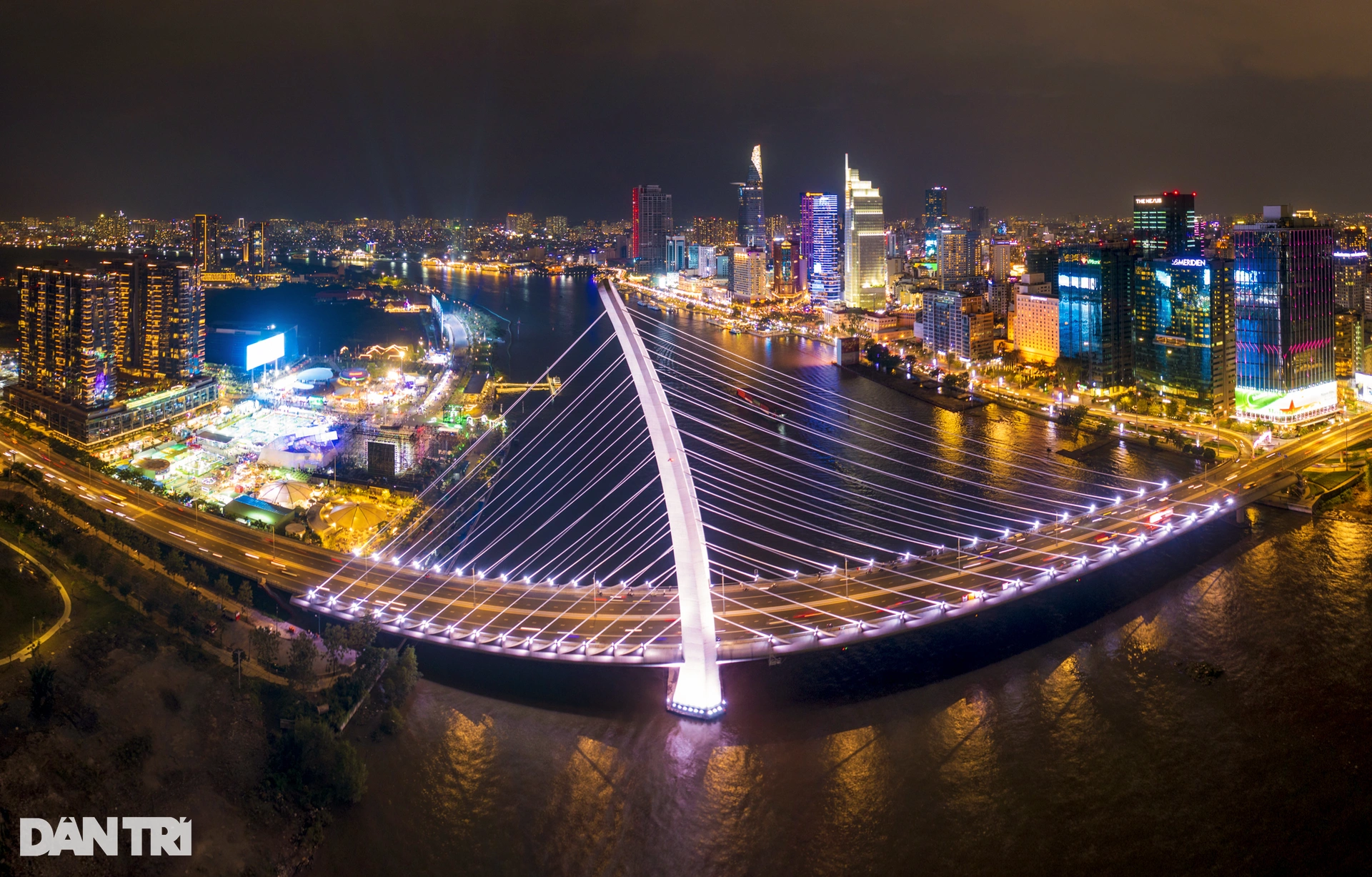
![[Photo] Ha Giang: Many key projects under construction during the holiday season](https://vstatic.vietnam.vn/vietnam/resource/IMAGE/2025/5/1/8b8d87a9bd9b4d279bf5c1f71c030dec)
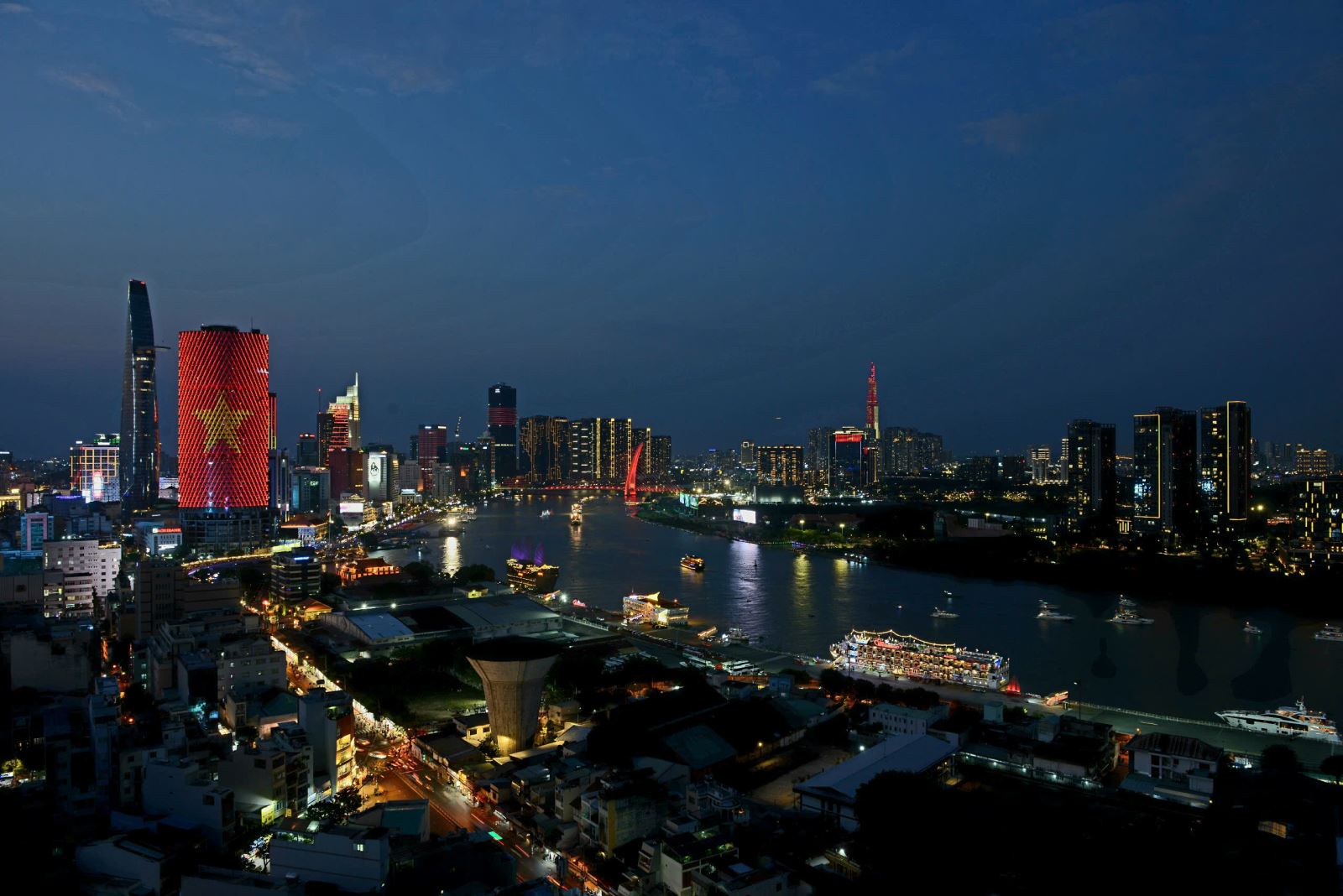






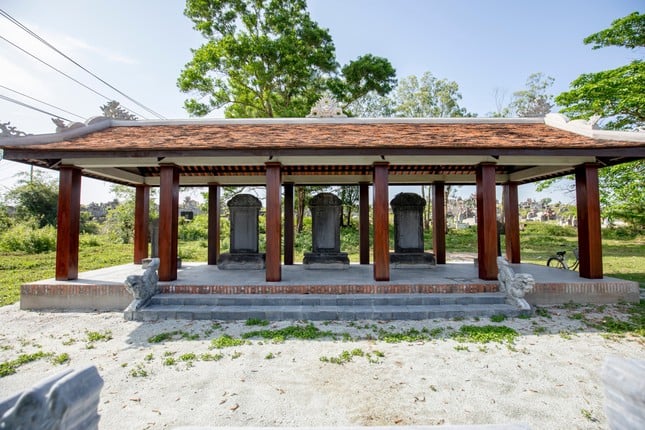

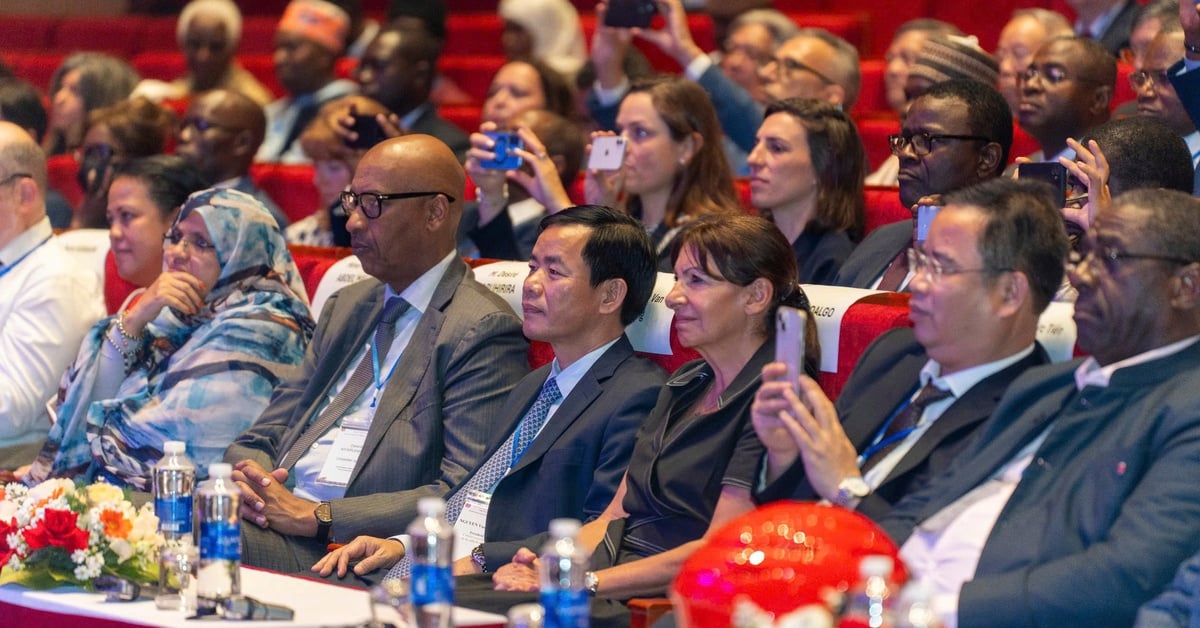












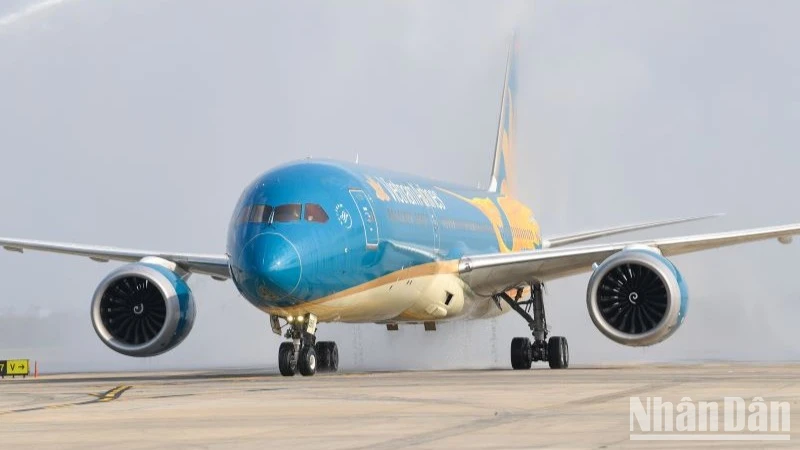









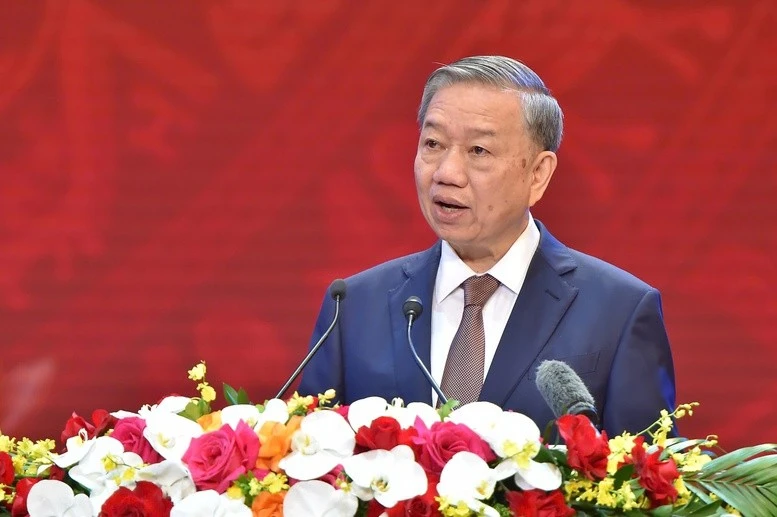

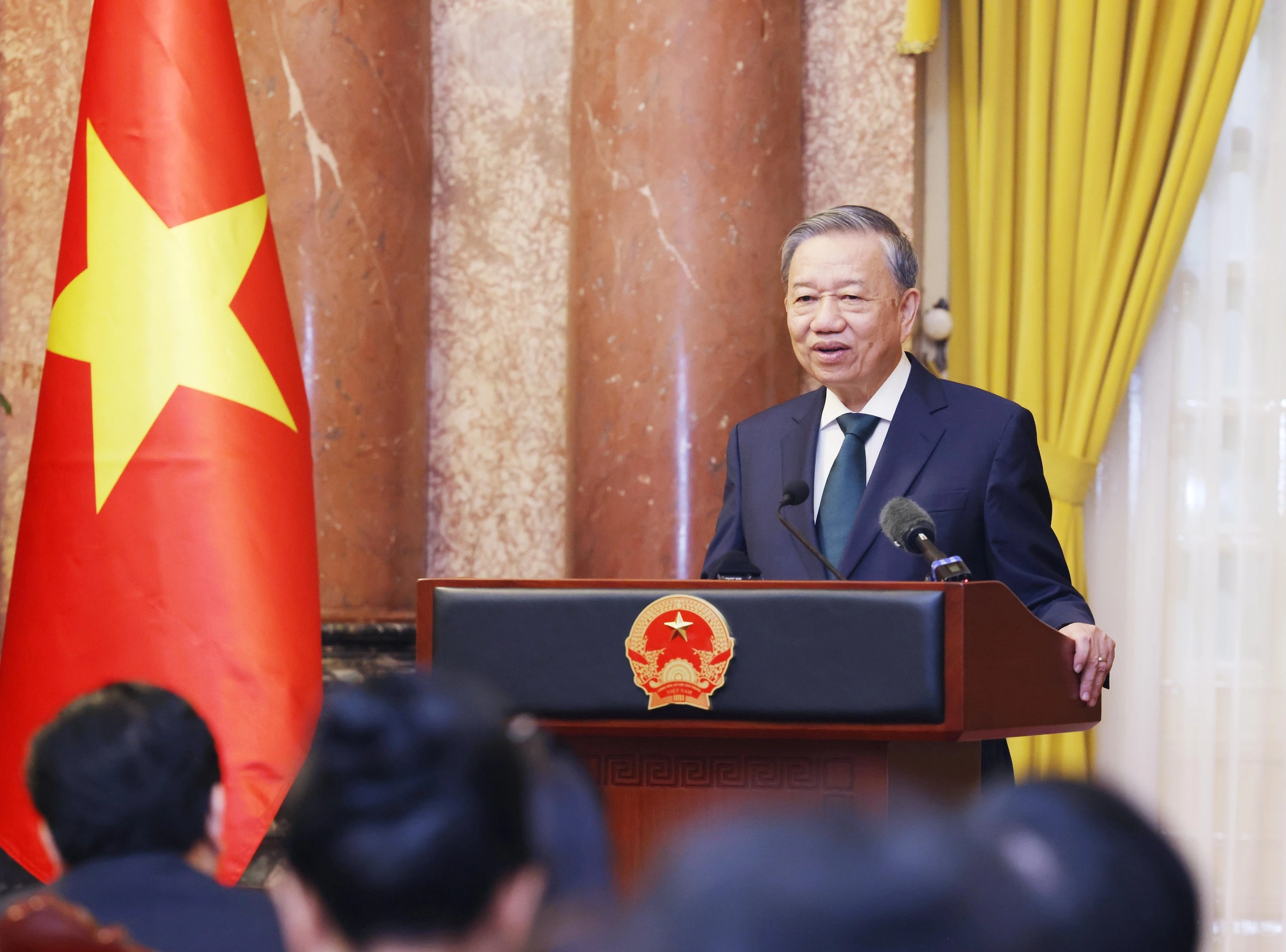
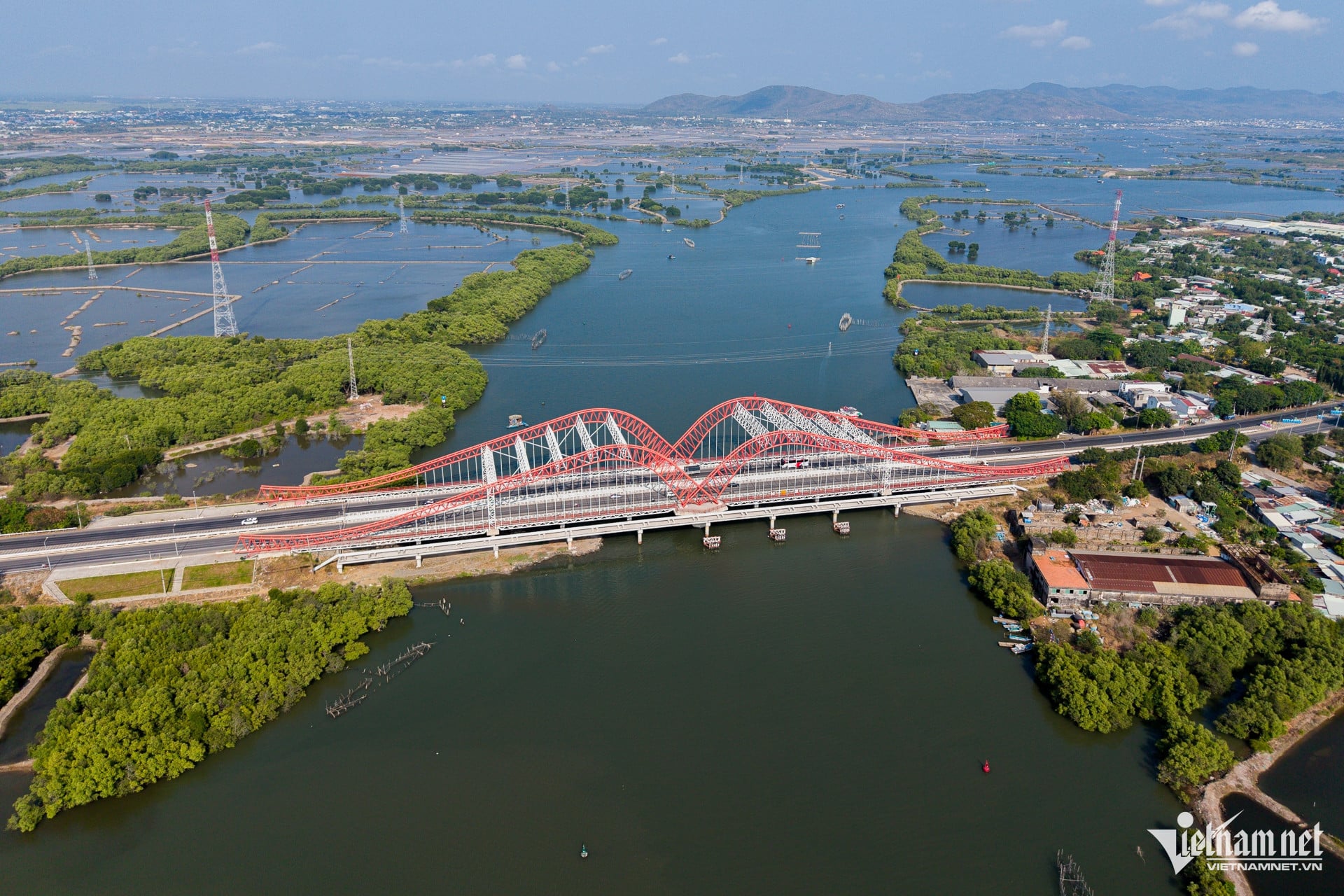









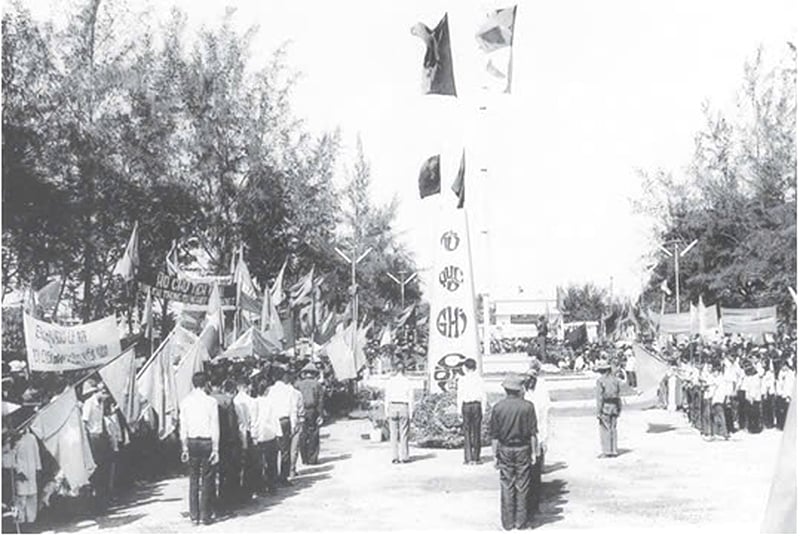















Comment (0)